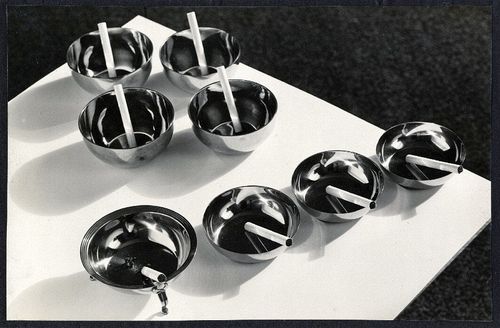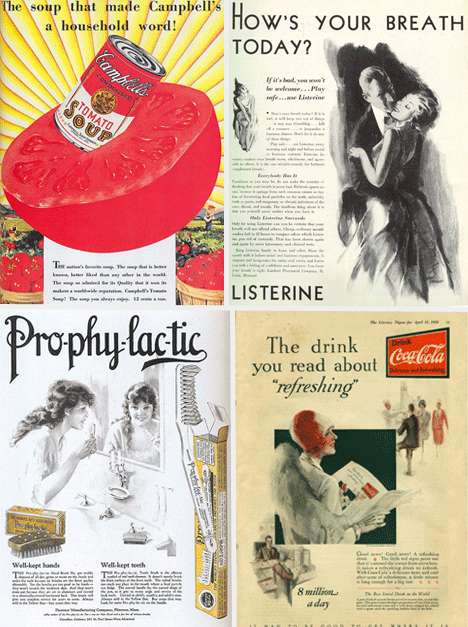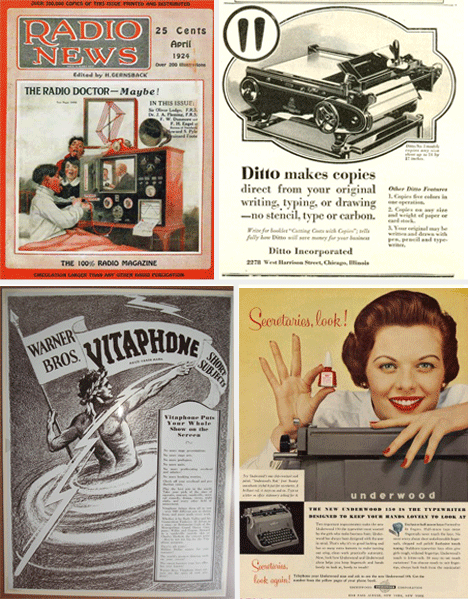From Wikipedia: “Visionary art is art that purports to transcend the physical world and portray a wider vision of awareness including spiritual or mystical themes, or is based in such experiences.”
Visionary art has been prominent in different art movements throughout the centuries, with artists such as Salvador Dali and Max Ernst exploring the ideas of a fantasy reality. Twisting the thoughts and ideas of life, with their own interpretations of how they view the world. For example, Dali’s famous painting ‘The Persistence Of Memory’, depicts a scene with melting pocket watches in an outdoor landscape. The piece of work is a surrealist piece which Dawn Ades describes as “The soft watches are an unconscious symbol of the relativity of space and time, a Surrealist meditation on the collapse of our notions of a fixed cosmic order”. It shows how Dali was able to grasp this idea of time, and turn it into a tangible work of art, exhibiting the way in which he understands and views the world from a surrealist perspective.
In today’s modern art world, artists have been able to develop on this surrealist ideals, by distorting reality and creating a fantasy world that explores the subconscious. One of the fore-running artists today is visionary artists Alex Grey. Grey has created his own unique style by taking his own ideas of reality, such as a simple family portrait and transforming it into a fantasy piece.
As well as looking into reality as a way to base his work off, he has also delved into the subconscious with pieces that portray an idea of fiction. He has explored dreams, death and tried to picture the way he feels certain situations may look like.
In the above painting ‘Wonder’, Grey has looked at the subconscious and how you are able to put dreams, thoughts and fantasy onto a canvas. He has painted a image of a young child looking up to the moon, trying to paint what he thinks it might feel like for a child to dream of the universe and the world itself. He uses bright colours and intricate details, such as showing the inside of the brain, as a way for the audience to really delve into the painting and think for themselves on the particular topics he covers.
With this in mind, moving forward I am going to be taking inspiration from these visionary artists, in a way that will help me connect these ideas of truth, fantasy and fiction and merge them into one idea that will showcase all three of the topics.








